Pollen: Why do bees and humans want it?
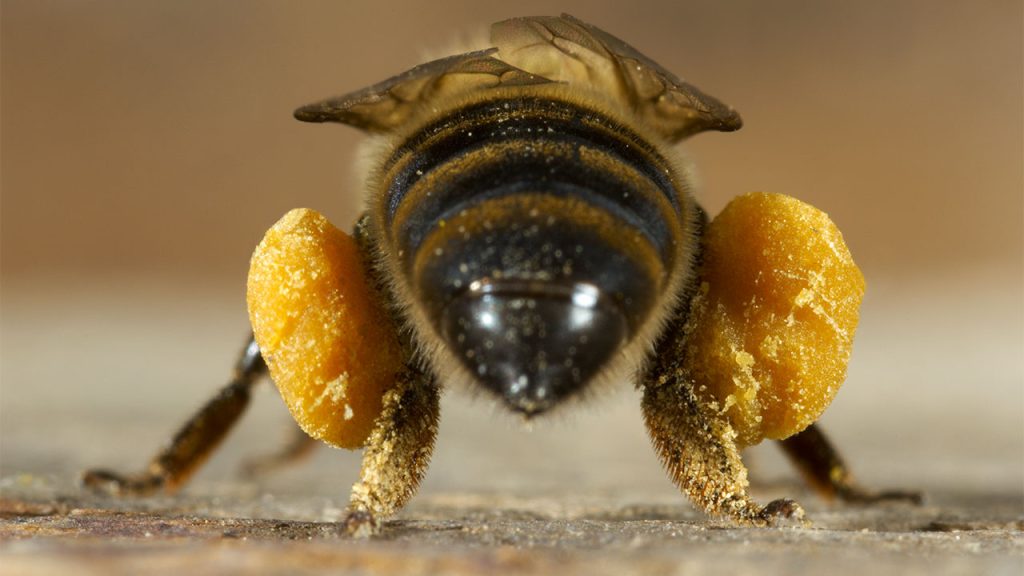
Pollen: What is it? We see pollen coming into the hive packed on the honey bees’ hind legs, we see it as a kaleidoscope of color packed in the cells of a frame of comb, but what is it really and why do the bees collect it. A basic answer is that pollen is the […]
Splits and Emergency Queen Cells
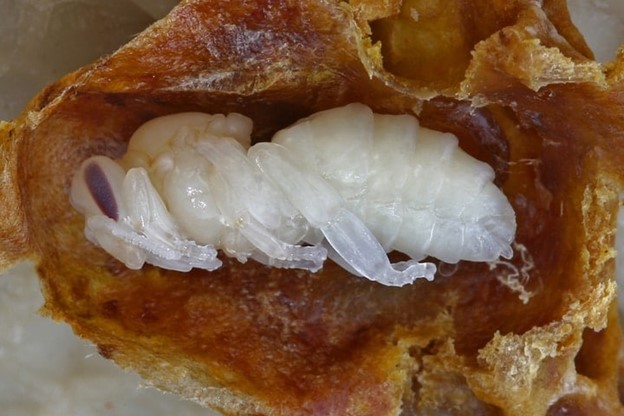
Queens Development All fertilized eggs have the potential to become a queen or a worker, while unfertilized eggs become drones. All eggs hatch into larvae about three days after being laid and all larvae are fed royal jelly exclusively for the first three days after hatching. To be clear the term hatch or hatching is […]
Yes, Hive Insulation Is Good Year-Round – A Deeper Dive
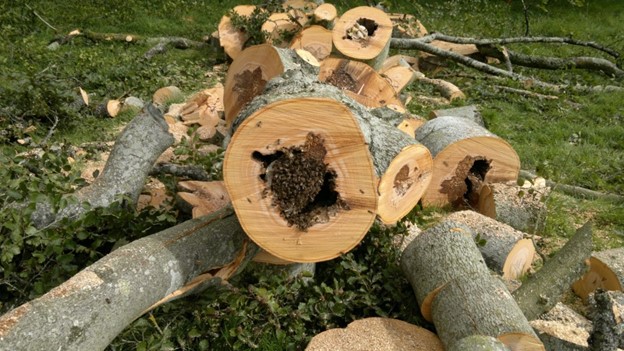
Introduction The honeybee (Apis mellifera) displays advanced regulation of the nest climate, in summer as well as in winter. Thermal homeostasis (thermoregulation) of the colony is especially important for the brood, because honeybee larvae and pupae are extremely stenothermic (surviving only within a narrow temperature range). A brood nest temperature of 93–95 °F/32-36 °C guarantees […]
Winter Bees and Their Environment
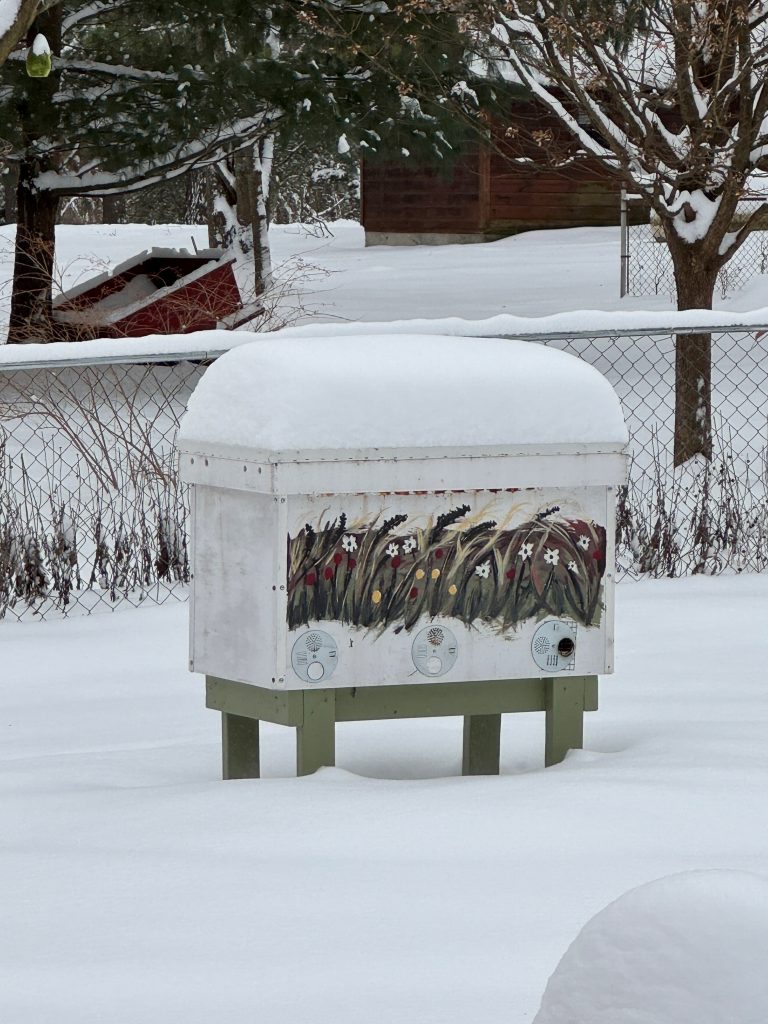
Introduction Honey bee physiology follows an annual cycle, with winter bees living ten times longer than summer bees but annually we continue to see losses particularly at the end of the overwintering period. Several factors arising during the year can contribute to this. For example, climate warming or cooling impacts the lifespan in flies, fish, […]
Robbing Stress
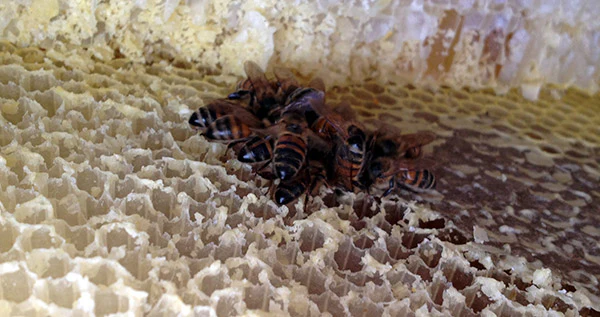
Introduction Honey bees forage for kilometers across the landscape, and they have sophisticated adaptations that allow them to take advantage of sparse, ephemeral floral resources. During extreme resource scarcity, they can deploy a comparably extreme foraging tactic known as robbing. Robbing is a high risk, high reward, and a tactic whereby workers attack and often […]
Harbo Assay, Varroa Sensitive Hygiene Testing
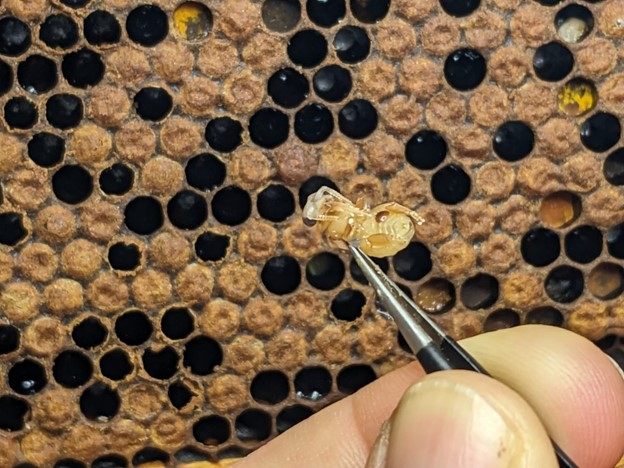
From Wild Hives More than likely you could simply Google “Harbo Assay” and get all you ever wanted to read on this topic, but my hope is that the organized extracts below might take you from “knowing” about this topic to actually getting involved. Yes, you as a backyard beekeeper can participate. Commercial breeders located […]
Mold, should I be concerned?
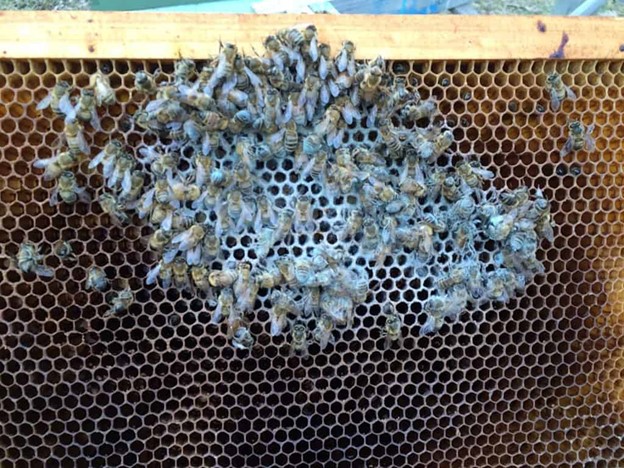
It is early spring, and your beehive seems too quiet. You pop the lid only to find mold everywhere. It cloaks dead bees, top bars, and on the comb. There is no doubt in your mind: mold killed your bees. But did it? In truth, mold in a beehive is a result of colony death, not the cause of […]
2025 UPDATE Spreading Varroa Resistant Traits
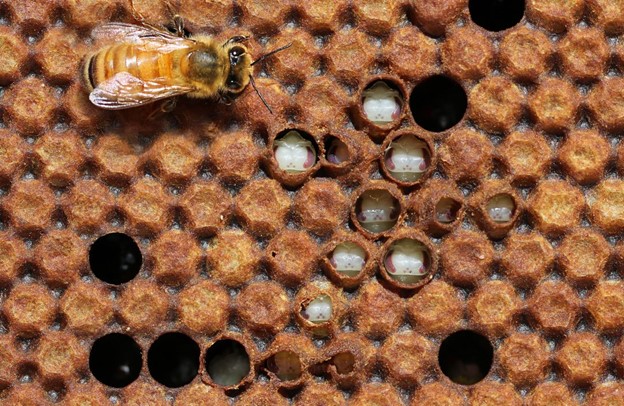
2025 Update Dr Melissa Oddie has done some outstanding recent research worthy of mention in the last couple years on this topic. Below are the links to two resources for your review. Reproductive success of the parasitic mite (Varroa destructor) is lower in honeybee colonies that target infested cells with recappingSteve Riley (Westerham Beekeepers) Resisting […]
Natural Defense Against Varroa
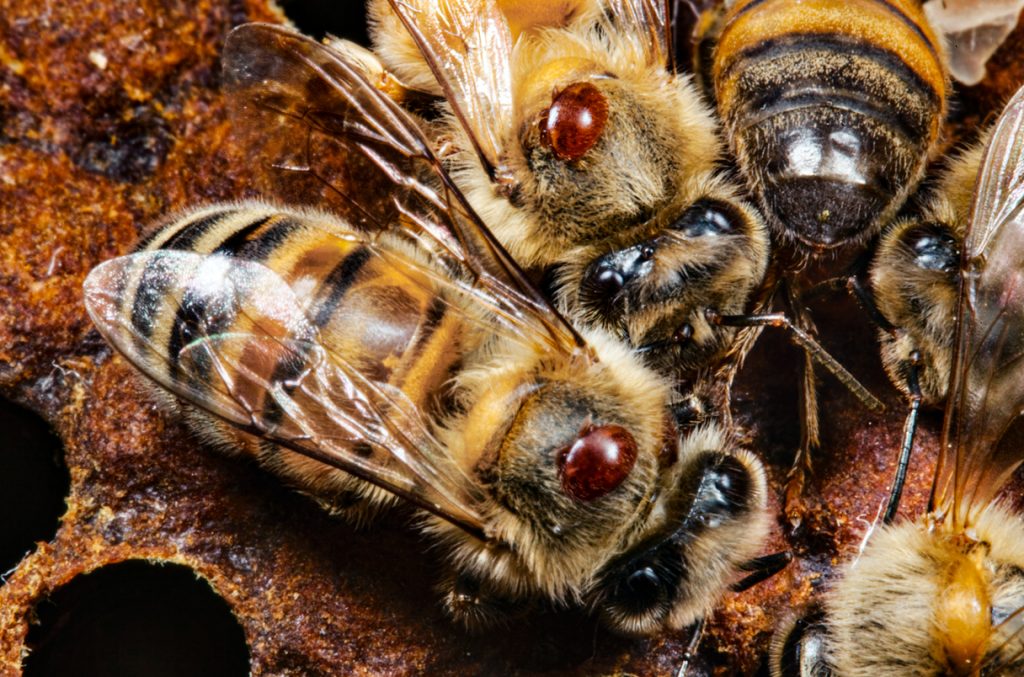
Introduction After Varroa jumped the species barrier around the 1950s, from its native host Apis cerana (Asian honeybee) onto A. mellifera, it spread globally along with deformed wing virus (DWV). Currently only Australia and a few small, isolated islands are free of both DWV and Varroa. Since then, research and experimentation continue to try to identify and select for the honeybee genetic […]
Solstice Splits
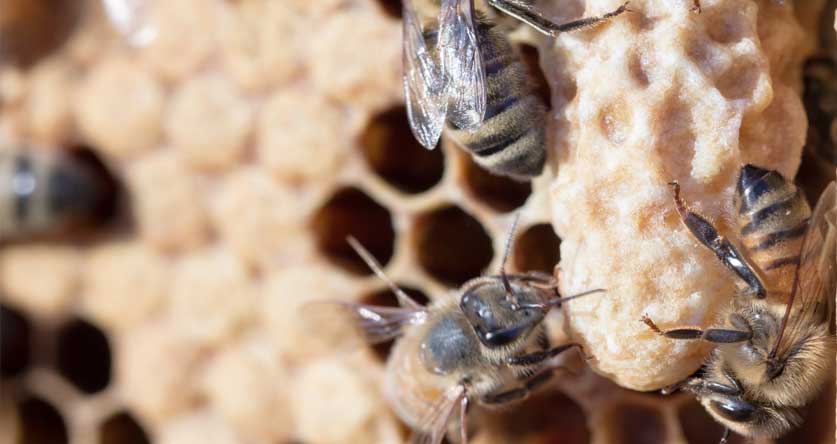
Introduction No matter the style of hive or experience as a beekeeper you likely have heard about a nuc or nucleus colony. Often, it’s regarding purchasing honeybees that come with 4-5 frames of drawn-out comb, honey, brood, worker bees and a queen. These can range from $180 to $200 plus to purchase. What if you […]